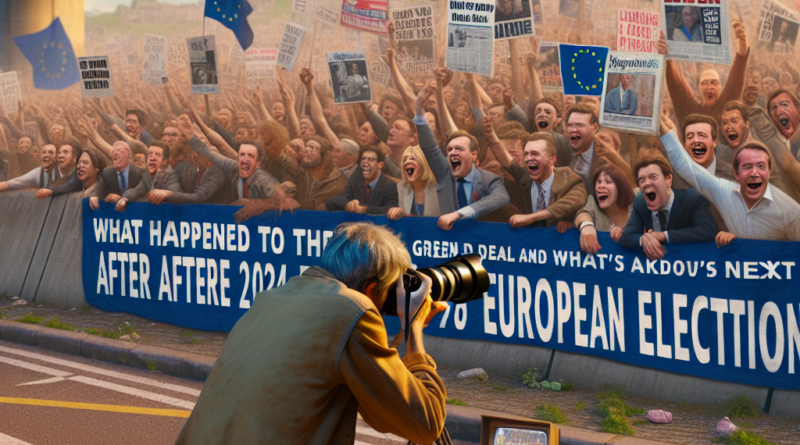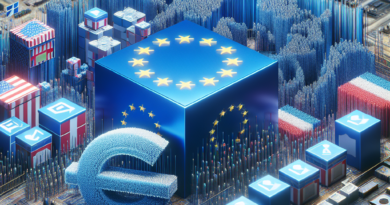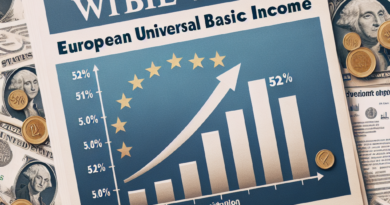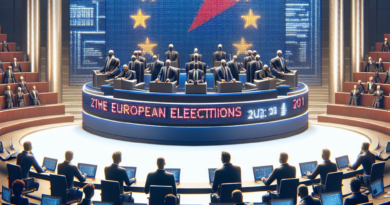The Future of the Green Deal: What Comes Next After the 2024 European Elections
The European Green Deal: Challenges and Perspectives
The European Green Deal represents the ambitious goal of the EU, aiming to achieve climate neutrality by 2050.
However, despite the noble intentions behind it, the implementation of the Green Deal has faced numerous challenges and protests, jeopardizing its progress.
Investments and Elections
The investment estimated for the Green New Deal amounts to €2.5 trillion, with €1 trillion already allocated in the EU’s multiannual budget (2021-2028).
The upcoming European elections in 2024 are a decisive moment where environmental ambitions clash with political realities, especially with the rise of right-wing parties opposing the Green Deal.
Key Measures and Progress
The Green Deal, launched in January 2020, sets three main goals: achieving net-zero greenhouse gas emissions by 2050, decoupling economic growth from resource use, and ensuring inclusivity.
To meet these targets, substantial financial resources have been mobilized, with €1 trillion earmarked until 2028.
The approval and implementation of various laws within the Green Deal require thorough processes involving the European Parliament, the Commission, and the Council.
Despite initial progress, recent delays and revisions, linked to upcoming elections, have raised uncertainties about the Green Deal’s future.
Post-Election Scenarios
The outcome of the European elections will determine the fate of the Green Deal, with right-wing parties, conservative forces, and some businesses and citizens opposing its current form.
The positioning of different political factions, including the Greens, will influence the continuation or potential revision of the Green Deal in the next legislative term.
The evolution of the Green New Deal hinges on the next European Commission and the majority in the European Parliament, whose decisions will shape the environmental policies for the years to come, with implications for climate action in the EU.




